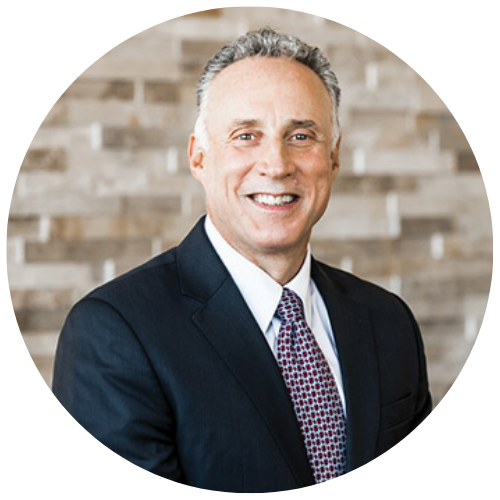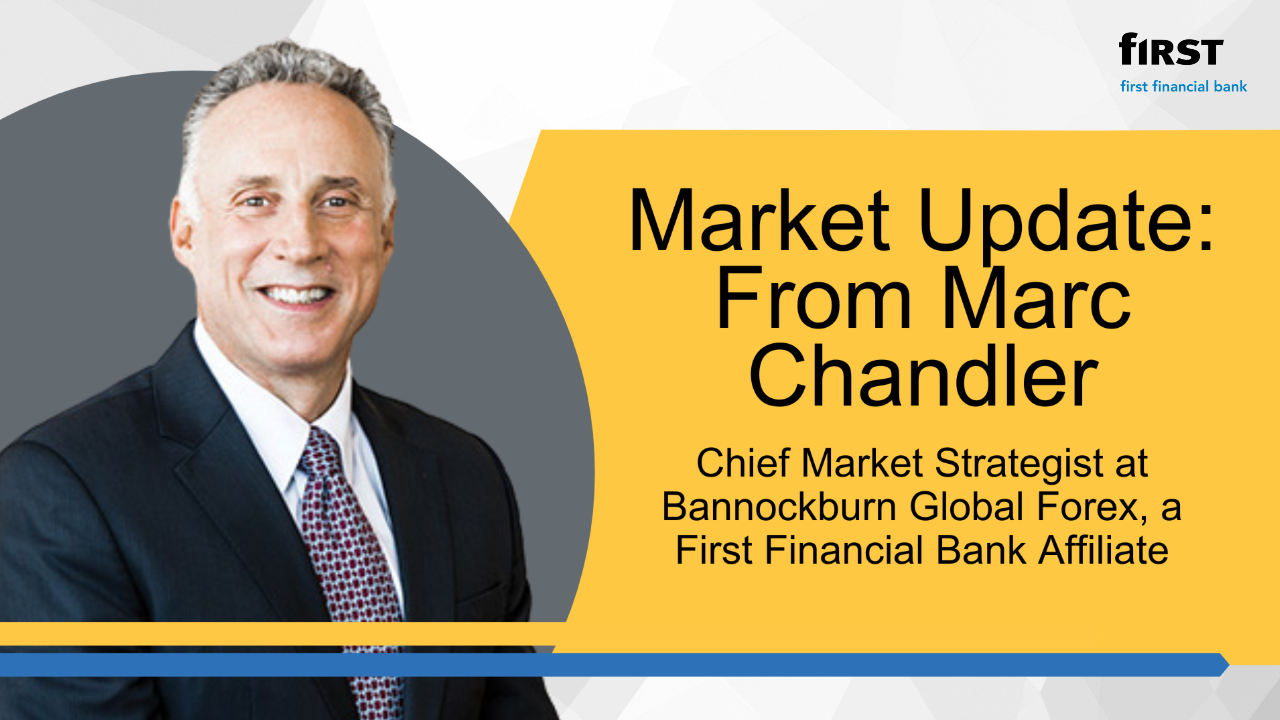Market Update: From Marc Chandler
- 0.5
- 1
- 1.25
- 1.5
- 1.75
- 2
Marc Chandler: The Federal Reserve surprised many people by hiking rates 75 basis points, that brings the target rate up to 150 to 175 basis points. The rate hike was surprising, partly because at previous meetings and subsequent commentary, Federal Reserve officials had hinted strongly that the Federal Reserve would raise rates by 50 basis points in June, and then again in July. Well, partly Chairman Powell identified that at the end of the previous week, there was a stronger than expected inflation report, US consumer prices. And at the same day, there was the University of Michigan's survey of consumer sentiment that showed inflation expectations had also risen. And so Chair Powell explained that the Federal Reserve thought that that meant that they needed to take stronger action and that their forward guidance previously had allowed for them that flexibility to raise rates quicker. Well, Chair Powell was clear that at the July meeting, the Federal Reserve would likely raise rates and other 50 basis points, maybe 75 basis points. The Federal Reserve uses other channels to communicate, they have what they call the Summary of Economic Projections. These are what sort of in the popular parlance is called the Dot Plots. Each of the Federal Reserve officials provide their forecast for GDP, for unemployment, for inflation, and for where the Fed funds should be. The median Dot, that's what we're mostly interested rather than any individual Dot, the median doc now expects the Federal Reserve to raise rates by 175 basis points in the second half of the year, when there's four FOMC meetings, 175 basis points over those four meetings. First, the market took away from Powell's statement, a dovish tint, a tint to it, meaning that he called the Fed funds increase of 75 basis points unusual. He seemed to rule out a bigger increase, that some people had feared, a hundred basis points, and by revising down growth in the median forecast and revising higher unemployment rate, many people are skeptical that the Federal Reserve can reach its target rate, which the longer term equilibrium rate for Fed funds well above that So that is to say that Federal Reserve anticipates not just neutralizing policy, bringing it up to a normal level, but actually having tighter financial conditions. And so this initially then saw the US interest rates fall almost as if there was a sell the rumor by the fact, sell the rumor, sell the debt instruments, sell the stock market an idea the Federal Reserve was going to turn more aggressive. And when they did, some of the previously positioned money took profits on that, they bought stocks and they bought us bonds. The market takes a little bit of time to digest this news, and by the following day, we've seen the stock market come back off and yields bounce back. The US dollar initially weakened on the hike in the same way that it was bought on the rumor, it was sold on the fact. Coming in the following day, the dollar had recouped, I should say, a good part of its earlier losses. And remember, the Federal Reserve is tightening policy, not just by raising interest rates, but also shrinking its balance sheet. The Federal Reserve thinks that the number one problem the US economy faces is higher inflation. Inflation, that is the basket of consumer goods and services that are tracked by the government, are rising at a pace of over 8% year- over- year. The bulk of this is coming from food and energy prices, which Chair Powell will recognize is really beyond the control of the Federal Reserve and of monetary officials. What's driving the price of oil? What's driving the price of food? It seems to be things that are outside of US control. Of course, the US is one of the largest producers of energy, of oil and natural gas, but the world's price is really driven by other countries. So during this period in which many of us are more focused on ESG, environment, social, governing principles behind the investing, the old carbon economy has not been attracting money for investment. And those that are doing well, like in the US shale patch, those companies seem to be rewarding shareholders rather than trying to expand capacity. So OPEC during the COVID crisis, during the heart of it, OPEC and their allies reduced output, and is slowly trying to bring output back into the market. However, it's slower than demand. And secondly, some countries have not invested in their capacity. So even though they can produce more, their quotas have gone up, they're really following well shy of that. And that doesn't even mention the war with Russia's invasion of Ukraine, how that's disrupted supplies and increased demand as Europe tries to wean itself away from Russian energy sources. Food and energy prices are a big part of it, but of course, there's other factors, supply side disruptions. For a couple of months earlier this year, some of China's largest cities have been shut down in lockdown over COVID. We know that there's a shortage of semiconductor chips, and so these also are playing a role with measures of inflation. Another factor that is also driving up prices is the cost of shelter. So that would be rent, it'd be the homeowner's equivalent of that, and those costs have been rising as well. And that also takes time to filter through, but that also is partly a disruption of what happened during COVID and earlier last year. When you strip all those kind of things away, those one off factors, I think that generally it's recognized that the US is probably still running somewhat higher inflation than desired. And part of that might be caused by other factors that are longer term in nature, like the unwinding of globalization. What does globalization mean? Well, partly it's meant that we put production facilities in different parts of the world where it might be cheaper to do the business. On this side of COVID we're seeing a rise of economic nationalism. We want to have more production in the US, for example. Europe wants to have more production in Europe. China of course wants more production in China. And so has this globalization unraveled a bit, that may also be forcing prices higher. And there's whole demographic issues. So I want to say that there's probably three big drivers of inflation, and that might be some sort of disruptions to supply coming back from COVID. There are some genuine geopolitical, geostrategic issues involving say the supply of oil, natural gas. And then there's some things related just to demand and the strength of the economy, at least in the past. Consumers now in the US are shifting from buying goods back to buying services. And so the Federal Reserve has been relatively optimistic thinking that they can achieve a relatively strong growth. And that is to say, we got to put that in perspective, among those forecasts the Federal Reserve makes, one of them is for the long- term growth rate. And that would be a non- inflationary trend growth, which the Federal Reserve puts below 2%. So that if we are growing, it seems kind of slow to most of us at 1.8%, 1. 7% like the Federal Reserve projects, but for them, from their academic or from their model point of view, that's trend growth. And I think many people have questioned that, the risk is on the downside of growth. That not only do we have the monetary tightening through interest rates and the balance sheet shrinking, fiscal policy is tightening, the budget deficit this year is likely to fall from over 10% last year to less than 5% this year, we have a tightening of monetary policy and fiscal policy. So there are signs it seems that the economy has begun weakening, and that's where I think we're going to be looking forward to going forward, what kind of economic data we're watching. On one hand, the Federal Reserve by linking the decision to raise rates 75 basis points, they link that decision to the CPI and the University of Michigan consumer confidence numbers. Those numbers will have a greater importance next month, they are both released before the next FOMC meeting. In addition to that, if we're right about the employment market weakening, we want to be watching those kind of measures as well as measures of consumption, which is still about 70% of the economy.
Today's Guests

